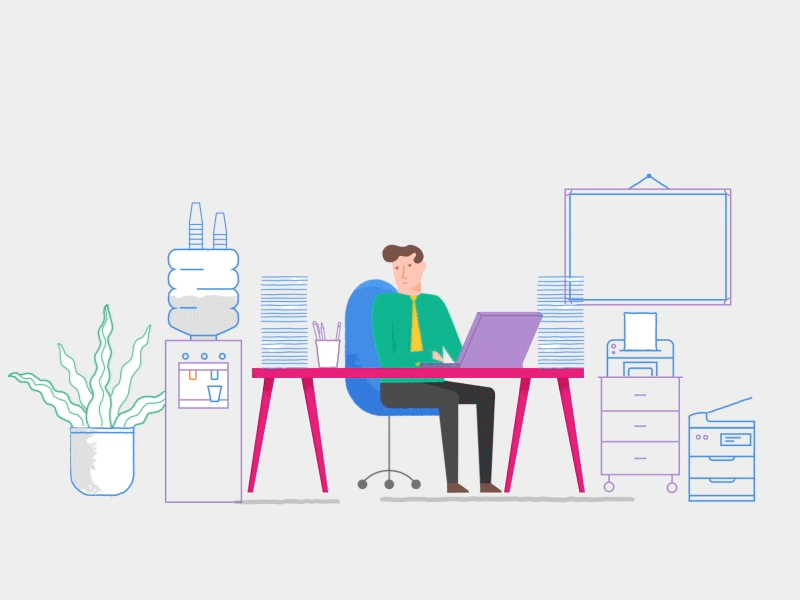
Can I open a U.S. bank account online?
If you’re already residing in the U.S., you can open a bank account either in branch or online. That said, if you’ve arrived recently, an online application will probably be refused, for two reasons.
First of all, because you’re new to the country, you’ll have a very limited credit history. This makes it difficult for the bank to verify your identity, which is a legal requirement.
Secondly, you may not fit neatly into one of the categories set by the bank, which makes it harder to satisfy its requirements.
When you apply for a bank account in person, it’s usually easier to deal with any difficulties as they arise. It’s also useful to start building a face-to-face relationship with your new bank, as you never know what you might need in the future.



